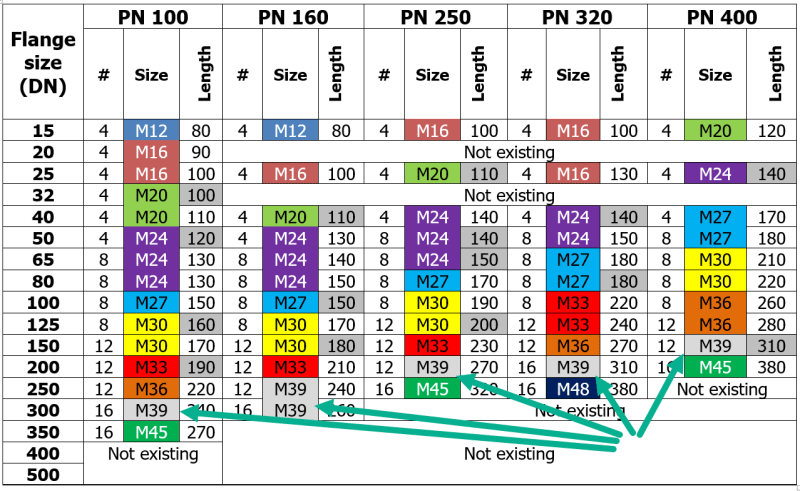servobrake
Mechanical
What is the common go-to bolting in the EU for PED vessels? Any recommended suppliers?
Under ASME ASTM A193 B7 is perhaps the most common material for bolting for pressure vessels where there are no special temperature or corrosion resistance requirements. It is widely available and inexpensive.
Our current bolt is ASTM A193 B7 UNC 1.5-6 x 12 inch heavy hex head. We go to great trouble getting them compliant to PED because PED has the 27J Charpy impact requirement and mill certs do not have this test. We end up paying %2000 for EN10204 3.2 certification and have a PMA in our certification paperwork.
We'd like to just buy 500 of whatever people in the EU would use, importing from EU is fine if the paperwork is PED. We can change to metric threads if that makes it easier.
Under ASME ASTM A193 B7 is perhaps the most common material for bolting for pressure vessels where there are no special temperature or corrosion resistance requirements. It is widely available and inexpensive.
Our current bolt is ASTM A193 B7 UNC 1.5-6 x 12 inch heavy hex head. We go to great trouble getting them compliant to PED because PED has the 27J Charpy impact requirement and mill certs do not have this test. We end up paying %2000 for EN10204 3.2 certification and have a PMA in our certification paperwork.
We'd like to just buy 500 of whatever people in the EU would use, importing from EU is fine if the paperwork is PED. We can change to metric threads if that makes it easier.

